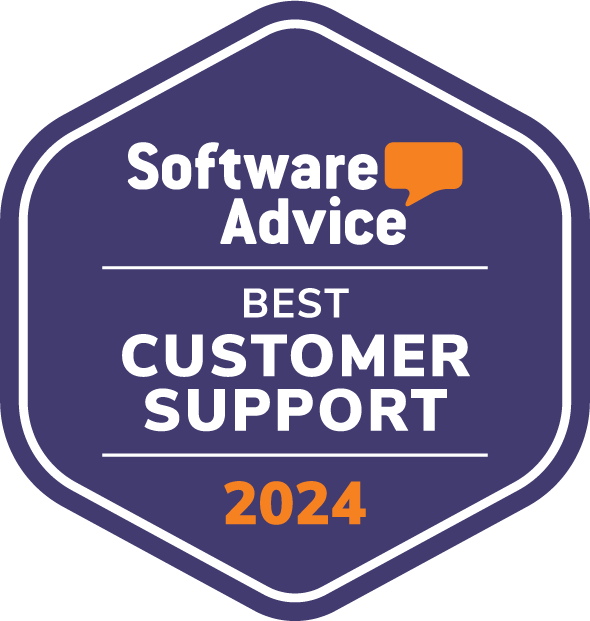eCommerce has grown exponentially during the COVID-19 pandemic and many of the trends we saw in the years prior have been accelerated. Two years on, with inflation looming, retailers are being challenged to find a new equilibrium. Price sensitivity has increased and brand loyalty decreased due to new market entrants, private label brands, changing buying patterns, and advancements in fulfillment and shipping powered by technology.
The Quicklizard platform guides retailers through the steps needed to achieve, and more importantly, maintain pricing excellence over time and at any scale. Automation enables retailers to process large data flows and establish effective processes. Agile pricing is the continuous process of pricing improvement used to test, iterate, and better pricing towards company goals through time. It ensures that the right people are involved, that success is measured against baseline, and that pricing is always evolving to maximize profit.
The powerful platform allows us to build data and science driven modules that offer retailers the confidence they need when setting prices. Whereas many modules apply to all retailers regardless of vertical and size, some are more industry specific. Quicklizard offers flexible solutions that can be expanded at any time based on the retailer’s needs and business goals.
I’ve selected to feature a few core modules in this blog which highlight the data available to eCommerce retailers when setting pricing strategies:
Interested to hear more about dynamic pricing?
Talk to us:
Product Classification
Product classification is at the core of every pricing strategy. The module uses data science to validate and automate the product classification journey to allow retailers to optimize pricing at a category and product level. This allows for multiple pricing strategies across the assortment.
It works by classifying the assortment into groups: :
- Key Value Items (KVIs) – essential products that drive store traffic and influence price perception and should therefore be priced competitively
- Volume Drivers – essential products that drive volume and increase basket size where a fixed markup strategy is often applied
- Profit Generators – non-essential products that drive profitability and are priced using profit optimization algorithms
For retailers, all three groups are necessary and help build multi-item baskets. While basket sizes vary by industry, product classification works to form the full customer journey, from entrance to profitability.
Inter Product Relationships
The amount of user data collected by eCommerce retailers gives them a huge advantage. It allows them to analyze user journeys and find valuable indicators and insights that can be turned into strategies. For example, items that are viewed together but not sold together can be identified as competing products and indicate a cross elasticity of demand. Conversely, products that are purchased together often are identified as complementary and a halo effect strategy can be considered in order to maximize profits.
Life Time Value
The top tier of user data is customer lifetime value (LTV). LTV is a measure of the revenue that a customer will generate for the retailer throughout their lifespan as a customer. This customer worth can be used as a coefficient in determining profitability forecasting.
Forecasting
The real success lies in reacting quickly to unpredictable trends and events. Quicklizard uses machine learning to forecast demand to give retailers the ability to react to changes in real time and adjust inventory and pricing accordingly. With the Quicklizard platform you can pre define triggers for pricing, reacting to competitor price changes or analytics changes such as a shift in conversion rate. The platform also enables you to place price change limits and decide when NOT to change prices
Multi Channel
Moreover, managing a multi channel business might mean that you need to set different triggers based on different local competitors, currency constraints, regulations etc. The ability to manage multi channels while maintaining cross channel dependencies is at the core of our offering.
Collecting and analyzing competitor data is key to understanding the market and setting the right pricing strategy. But using this data for an oversimplified ‘cheapest in the market’ strategy is not enough. QuickLizard helps you combine the market data with other variables, such as competitive sensitivity, to help you make more sophisticated pricing decisions.
Competitive Sensitivity
Competitive sensitivity is a coefficient that helps retailers move from gut feel responsive pricing to a scientific approach to reacting to market changes. Using historical data, the competitive sensitivity coefficient measures the impact a price change made by a competitor has on a specific product or category. Once the value of the coefficient is set it can be used to set sophisticated rules about reactions to competitive price changes.
It is important to remember that While the continuous pursuit of data quality is an important component of agile pricing, perfect data does not exist. New retailers may not have any historic data. Other retailers may have no competitor data. Most retailers do not have all the data they want. Perfect data, in terms of both quantity and quality, does not exist. Check out our future blogs or contact us to learn more about data science & AI models that can help bridge data gaps.
Retailers that adopt the agile pricing approach to scaling their pricing strategies benefit from more flexibility, lower risk, and market responsive growth. While agile pricing aims to automate as many aspects of pricing as possible, the implementation of this type of pricing requires work. The Quicklizard agile pricing approach sets retailers up for success by supporting them through the agile pricing journey, from data set up, to automation, to monitoring and growth.
Want to learn more about our offering or see the platform in action?










